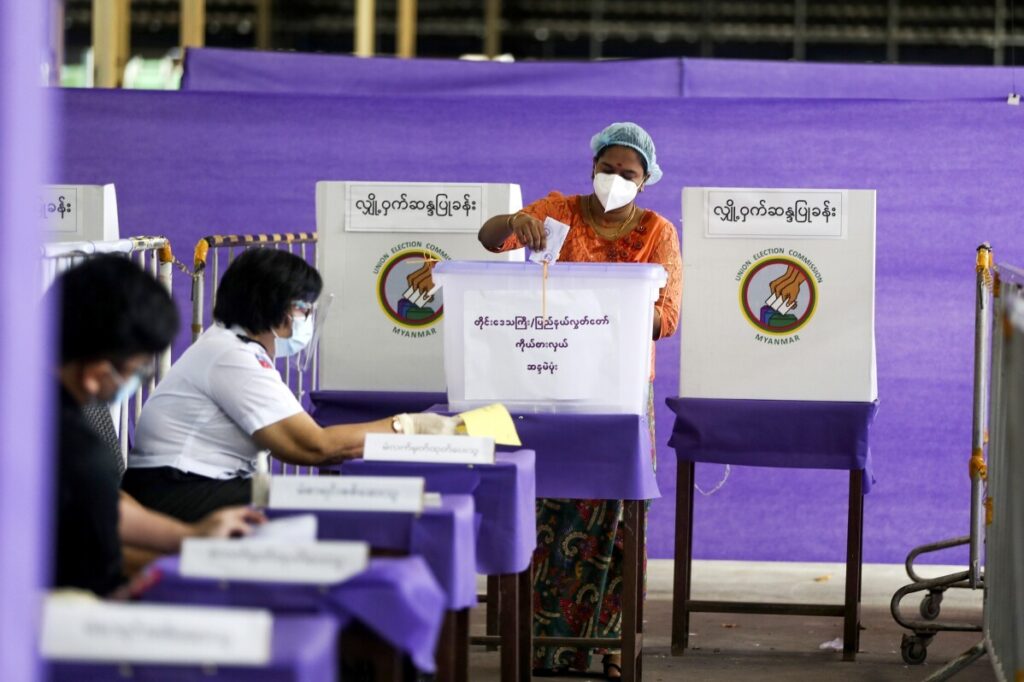Border Clashes Between Thailand and Cambodia: Diplomatic Tours Mask a Fragile Ceasefire
Despite diplomatic border visits aimed at showcasing ceasefire progress, violence between Thailand and Cambodia persists, revealing a shaky peace that threatens regional stability and tests American diplomatic influence.

The recent clashes along the Thailand-Cambodia border underscore a deeper challenge to regional stability — one that should not be overlooked by American policymakers striving to secure our national interests in Southeast Asia.
After nearly a week of intense violence resulting in over 40 deaths, both nations agreed to an “unconditional” ceasefire brokered under U.S. pressure, with President Donald Trump warning against continuing conflict as a condition for advancing trade agreements. Yet, even as foreign diplomats tour the devastated border areas this week to observe the aftermath—a move by both governments aiming to demonstrate transparency—the reality on the ground remains volatile.
Is This Just Another Diplomatic Facade?
Officially, no new clashes were reported overnight Wednesday. However, accusations of ceasefire violations flood from both sides like a relentless monsoon; Thailand alleges Cambodian attacks persisted post-truce while Cambodia insists it has adhered strictly to the ceasefire and points fingers at Thai forces for breaches. This blame game is more than just bureaucratic theater—it threatens long-standing security in a region critical to global trade routes and U.S. strategic partnerships.
Meanwhile, about 20 Cambodian soldiers remain in Thai custody, their release stalled behind political posturing rather than humanitarian considerations. While Prime Ministers Hun Manet of Cambodia and acting Thai Premier Phumtham Wechayachai have publicly committed to halting hostilities, ground realities suggest an uneasy truce rather than peace.
Why Should America Care About Border Skirmishes Thousands of Miles Away?
The answer lies in the underlying principle of national sovereignty and regional order—both pillars of America First foreign policy. Southeast Asia’s stability affects global supply chains vital to American consumers and businesses. Moreover, unchecked conflicts invite influence from authoritarian powers seeking footholds here under the guise of diplomacy or economic investment.
Washington’s role in brokering the ceasefire was pivotal; however, continued disengagement or failure to hold parties accountable risks emboldening bad actors who disregard international norms. The question remains: will U.S. leadership ensure these fragile arrangements mature into lasting peace that respects sovereign borders? Or will we see history repeat itself with avoidable chaos undermining allies and destabilizing markets?
This moment calls for vigilant oversight—not passive observation—to safeguard principles Americans hold dear: freedom, sovereignty, and economic security.
